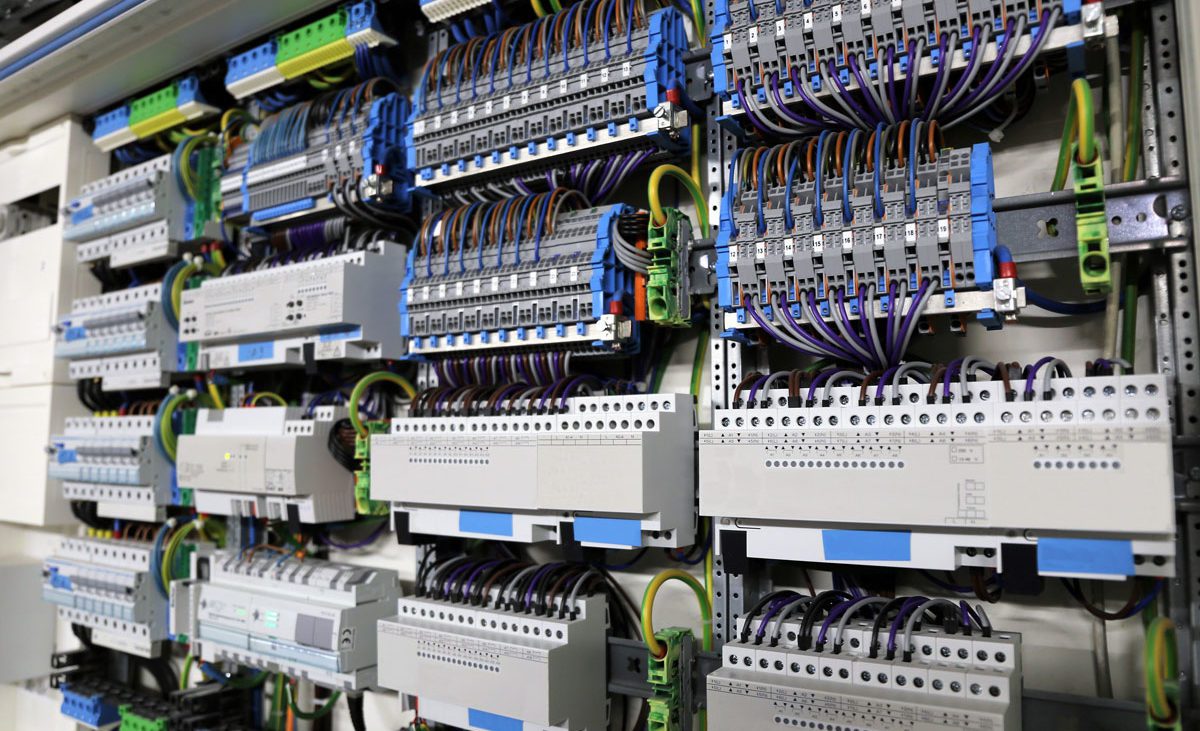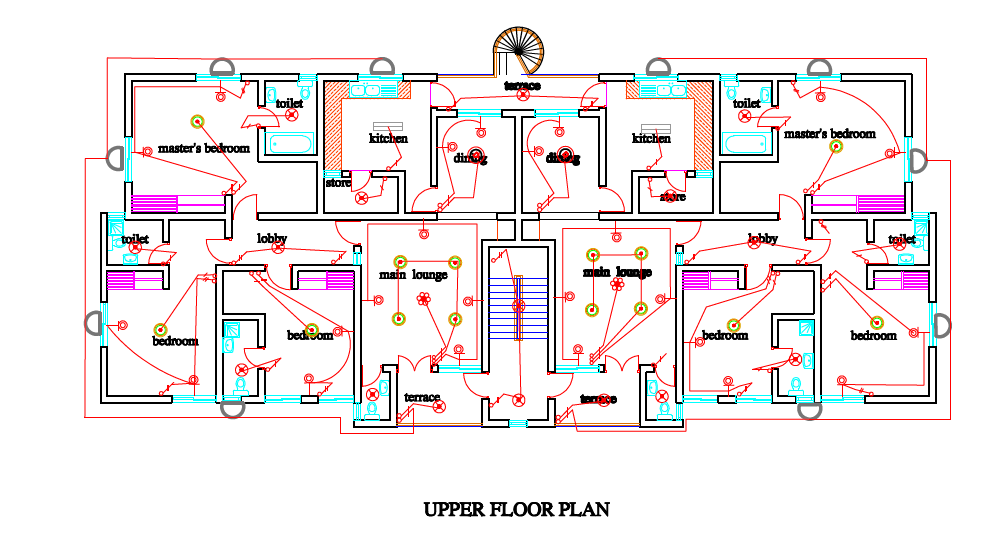Innovative Electrical Design Providers for Modern Infrastructure
As city environments grow progressively intricate, integrating innovations such as clever grids and sustainable power resources ends up being paramount. These innovations not only promise to optimize energy usage however also foster durability versus future demands.
Value of Cutting-edge Electric Design
Cutting-edge electric design plays an important function in contemporary facilities, affecting not only effectiveness but also sustainability. As cities develop and the demand for power rises, the requirement for advanced electrical systems comes to be critical. These systems have to not only satisfy present demands but also anticipate future growth and technological developments.
A well-executed electrical design can substantially minimize power intake, therefore lowering operational prices and decreasing ecological impact. By incorporating eco-friendly power resources, such as photovoltaic panels and wind turbines, ingenious designs can boost energy independence and durability. Furthermore, clever grid technologies permit real-time monitoring and management of power circulation, maximizing performance and decreasing waste.
Safety is one more critical element of electrical design. Implementing rigorous standards and innovative technologies can reduce threats connected with electrical failures, ensuring a secure environment for businesses and locals alike. Furthermore, ingenious styles promote versatility, enabling facilities to integrate emerging innovations effortlessly.
Trick Patterns in Electric Design
As the landscape of electric design remains to develop, a number of crucial fads are shaping the future of the sector. One substantial trend is the integration of wise innovation right into electric systems. The spreading of the Internet of Points (IoT) has actually enabled real-time tracking and control of electrical gadgets, enhancing effectiveness and assisting in predictive maintenance.
Another pattern is the growing emphasis on modular design. This strategy permits versatile and scalable remedies, enabling facilities to adapt to altering needs without considerable renovations. Furthermore, the use of innovative simulation devices and Building Information Modeling (BIM) is ending up being increasingly widespread, streamlining the design process and improving collaboration among stakeholders.
Additionally, developments in materials science are leading to the advancement of lighter, a lot more long lasting, and energy-efficient parts. This advancement is specifically essential for high-performance buildings and infrastructure tasks.
Finally, there is a marked change in the direction of data-driven decision-making - electrical load calculation. Leveraging information analytics helps designers optimize systems for efficiency and cost-effectiveness. With each other, these patterns symbolize a transformative age in electric design, improving functionality, sustainability, and strength in modern facilities
Sustainable Power Solutions
Sustainable power solutions are increasingly ending up being an essential focus in electrical design, mirroring a wider dedication to environmental obligation and resource effectiveness. These remedies intend to reduce environmental influence while maximizing power usage in various infrastructures, from household buildings to huge business centers.
Among the foremost approaches includes the combination of renewable resource resources, such as solar panels and wind generators, into electric systems. This not only reduces dependency on fossil gas yet likewise boosts power durability. In addition, cutting-edge power storage systems, such as innovative batteries, make it possible for effective monitoring and distribution of energy, ensuring you could look here that surplus energy generated during top manufacturing can be made use of during high need durations.
Moreover, energy-efficient design techniques are being adopted to boost general system performance. This includes making use of energy-efficient illumination, a/c systems, and wise building technologies that adapt and monitor power usage based on occupancy and environmental conditions.
Smart Grid Technologies
The implementation of lasting energy services normally brings Recommended Reading about the expedition of clever grid technologies, which play a crucial function in improving electric systems. Smart grids leverage advanced interaction modern technologies and information analytics to boost the dependability, performance, and sustainability of electrical power circulation. By integrating electronic technology with traditional grid infrastructure, these systems facilitate real-time tracking, automated control, and improved decision-making capacities.
One of the essential features of clever grids is their capability to accommodate sustainable energy sources, such as solar and wind power. This versatility not just minimizes reliance on fossil gas however likewise allows for a much more decentralized energy production design. Moreover, wise grids enable demand reaction programs, where customers can adjust their power usage based on real-time prices, consequently promoting power conservation and minimizing peak load needs.
Additionally, wise grid modern technologies enhance grid durability by allowing quicker identification and resolution of blackouts, eventually reducing downtime. With anticipating maintenance and analytics, utilities can maximize procedures and improve solution shipment. As cities and areas remain to progress, clever grid innovations are essential for constructing a efficient and lasting electrical infrastructure that fulfills the needs of modern culture.

Future-Proofing Framework
To guarantee long-term viability and adaptability, future-proofing infrastructure is crucial in the rapidly evolving landscape of electrical design solutions. As modern technology developments and power needs change, it is vital that electric systems are created with adaptability in mind. This involves incorporating scalable solutions that can suit future upgrades without demanding comprehensive overhauls.

In addition, sustainability should be a foundation of future-proofed styles. Making use of renewable resource resources, such as solar and wind, and enhancing energy performance reduce dependence on fossil gas, lining up with international initiatives to fight climate change.
Final Thought
By prioritizing efficiency, sustainability, and versatility, these solutions resolve the evolving needs of power systems. The combination of clever grid innovations and lasting power remedies boosts strength and minimizes functional costs.
A well-executed electric design can substantially lower energy intake, therefore reducing operational prices and decreasing environmental influence. By integrating eco-friendly energy resources, such as solar panels and wind turbines, cutting-edge designs can boost power independence and durability. In addition, ingenious energy storage systems, such as advanced batteries, enable effective monitoring and distribution of power, making sure that surplus power produced throughout height manufacturing can be made use of during high need periods.
Wise grids make it possible for need action programs, where consumers can readjust their power use based on real-time pricing, therefore advertising power preservation and minimizing peak lots demands. (electrical engineering design services)
As technology advances and energy demands change, it is critical that electric systems are designed with adaptability in mind.